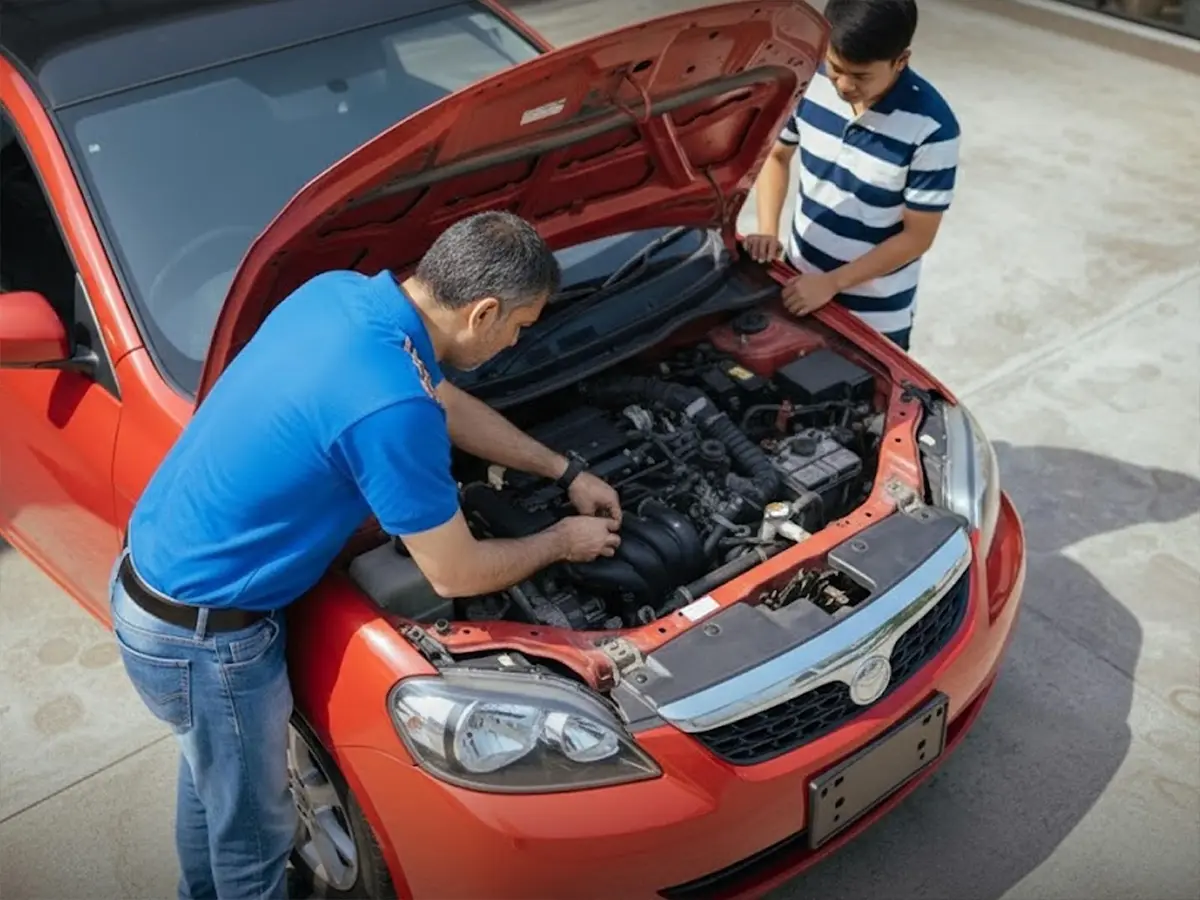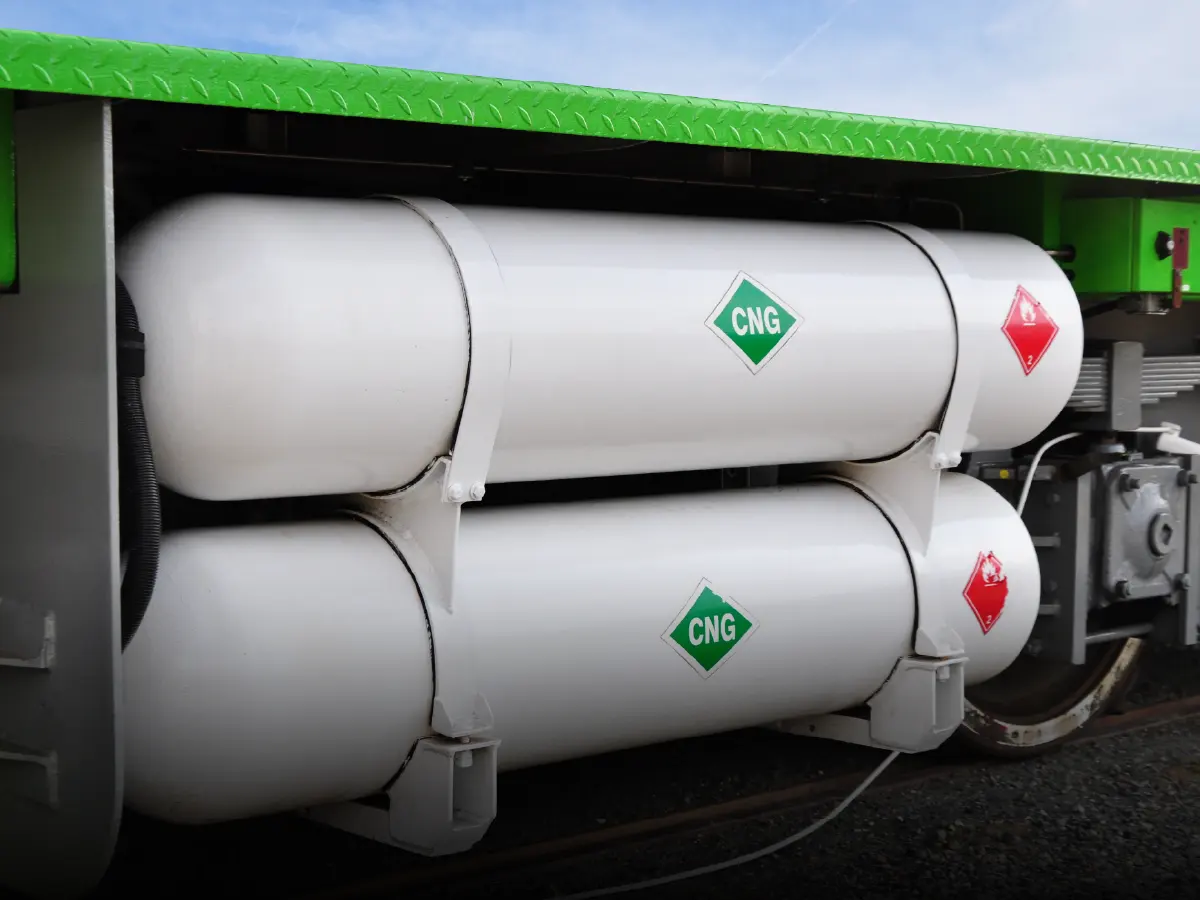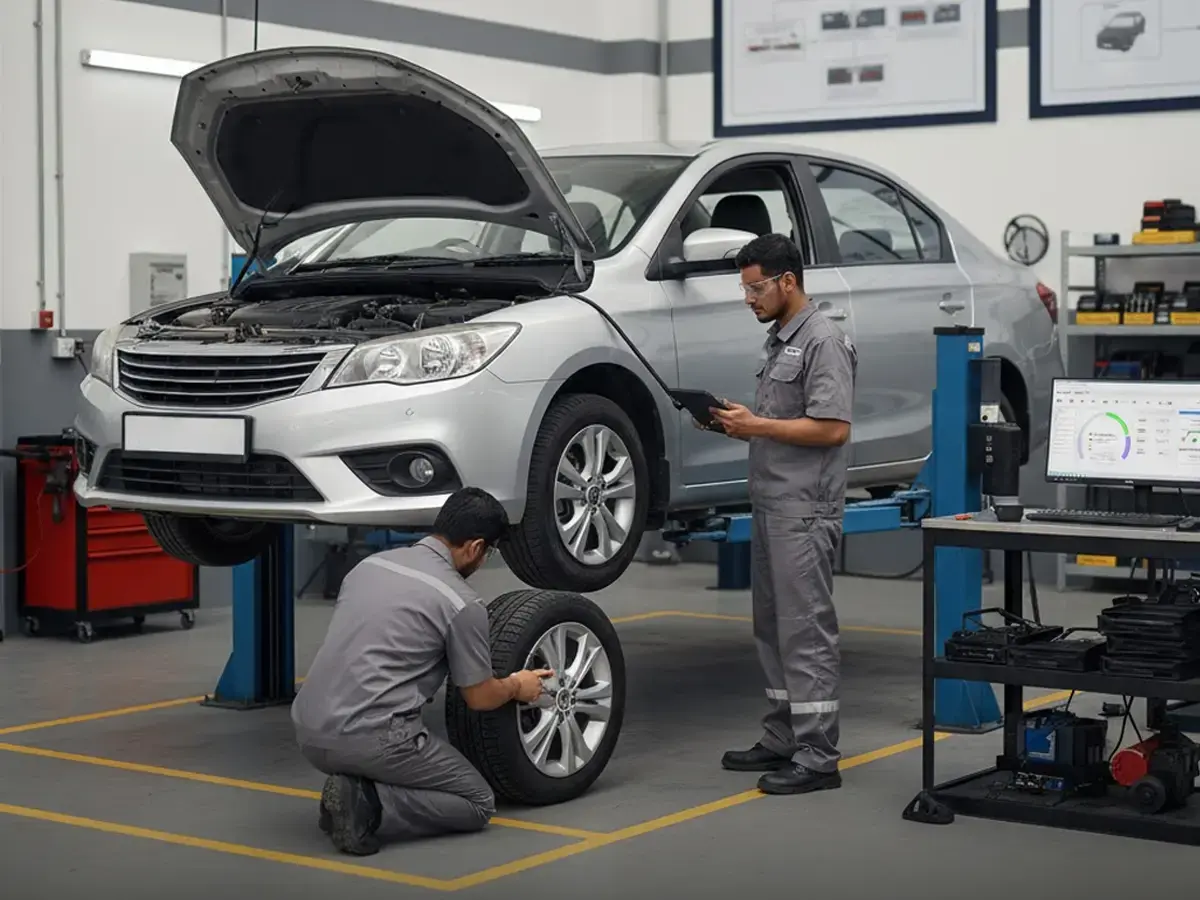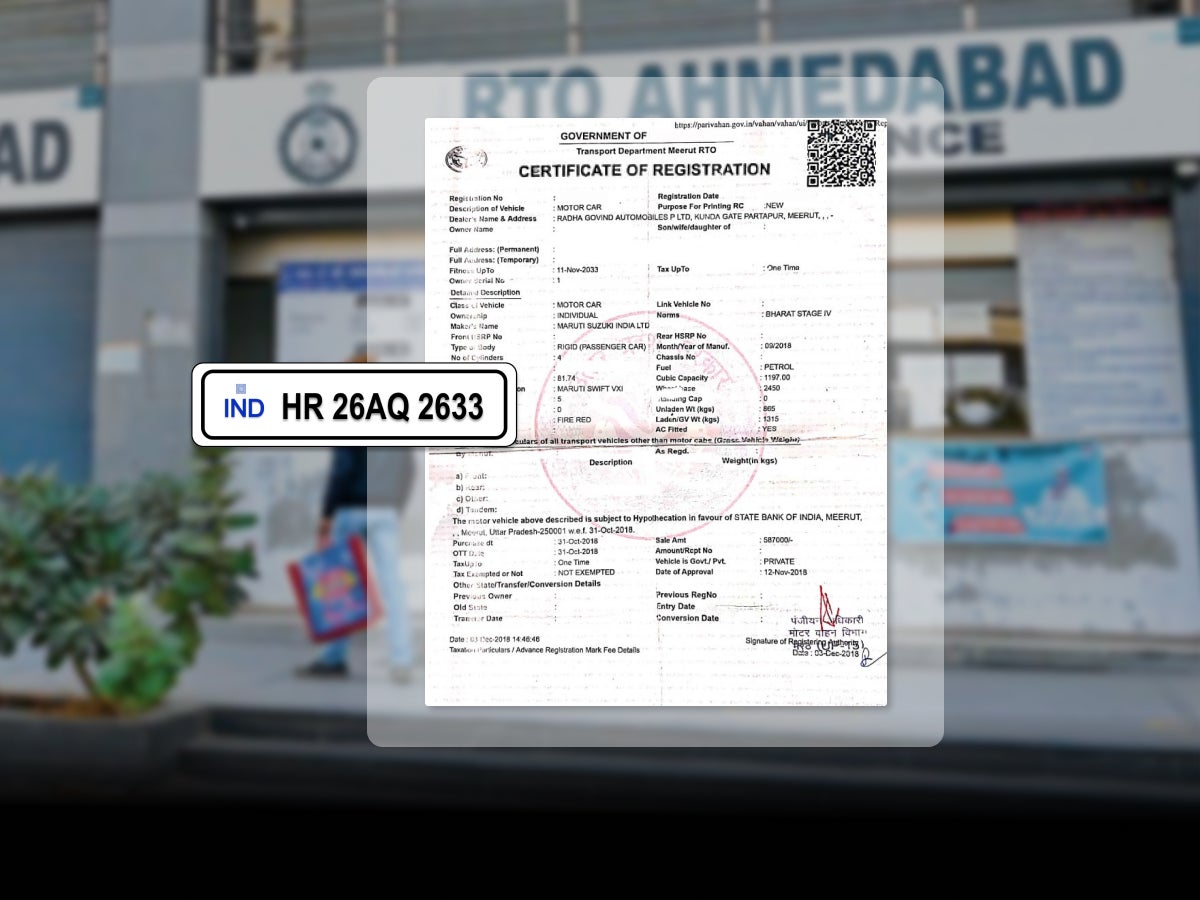

How Long Does Car AC Gas Last: AC Refrigerant Life Explained
- 1A refrigerant in an AC system as important as blood in the human body
- 2The most common cause of AC failure is refrigerant gas leakage
- 3You can recharge your AC system yourself using DIY AC gas recharge kits
A car’s air conditioning system is an important factor for a comfortable drive, especially for a tropical country like ours. One of the most important parts in an AC system is the AC gas or refrigerant. If you were to compare the AC system to the human body, the refrigerant would be blood. Except that, unlike blood which flows through the body in liquid form, the refrigerant flows through the AC system in pressurised liquid, gas and biphasic or mist form.
Like blood which needs to be replenished, the AC gas does not last forever. Unlike your blood which is replenished by your body, you need to replenish the gas by external means. How long does AC gas last? How to replenish it? Before we answer these questions, let’s start by understanding what an AC gas is. This will help you get the most out of your car’s AC system.

What is Car AC Gas?
A car’s air conditioner gas or refrigerant is a chemical that is used in AC systems for its excellent heat transfer properties. The car’s air conditioning system works on the principle of heat exchange where piped refrigerant is cooled using the ambient outside air and pressure change techniques which turn it from gas to liquid to mist.
The cold refrigerant mist is then passed through an evaporator coil over which cabin air is passed. The resultant heat exchange has the refrigerant turn into liquid while the cabin air is cooled and fed back into the cabin.
There are three types of AC gasses commonly used in cars. R-12 (Freon) gas was used in older cars but it was phased out as it was harmful to the ozone layer. It was replaced by the R-134a which is more widely used in cars over the past few decades. More modern cars use R-1234yf as it is the most environmentally safe refrigerant of the three.
Factors Affecting Car AC Gas longevity
Under ideal conditions, your car’s air conditioning gas should last between three to five years without needing a refill. There are several factors affecting the car refrigerant’s longevity. The most common one is AC gas leakage. Here are some of the common factors that can cause the refrigerant to leak:
Vehicle age and condition
The older the vehicle, the more chances it will require frequent AC gas recharging. Older vehicles used different materials for piping which were not as resistant as modern metallurgy and rubber components. These were more prone to wear and tear over time, leading to gas leaks.
Usage habits
If the car’s air conditioner is used frequently, it means the refrigerant has passed through more usage cycles. Excessive cycles means more wear and tear of AC internals increasing chances of AC leakage. Also if a vehicle spends most of its time under the sun, the car’s air conditioner has to work overtime, again leading to more pressure on the system.

Worn Out Components
While car air conditioner refrigerants are generally not corrosive, exposure to pollutants and moisture could cause reactions which could damage the copper coils. Also, over time, AC seals and hoses could harden leading to AC leaks. A faulty compressor too can cause AC gas leakage.
Shoddy Maintenance
Despite being a closed system, the car’s air conditioner needs regular servicing. Skipping on maintenance or an inability to detect and fix problems can lead to several issues that can put strain on the car’s air conditioner system causing leaks to develop.
Extreme Environment
If you live in a place which has extremely hot or cold weather, it can affect your car’s air conditioning system as well. Frequent temperature changes can cause the metal pipes to expand or contract which, over time, weakens their metallurgy. These can cause cracks to develop over time and lead to potential gas leaks.
AC systems in modern cars are less susceptible to the problems mentioned above. However, taking care of your car’s air conditioning system is a good way to improve its longevity.

Ways To Identify Poor AC Performance
While it may take years for your car’s air conditioner refrigerant levels to diminish, you might be losing AC performance due to refrigerant leaks. Here are some signs that your car’s air conditioning system needs a refrigerant recharge:
Poor Cooling
If your car’s air conditioner is not cooling properly, it might be due to poor compressor performance or low AC gas in the system. Since the pressurised refrigerant is the primary medium of heat transfer in an car’s air conditioning system, gas leakage equates to less pressure and hence poor performance.

Warm Air From AC Vents
While the reason for warm AC air could be a clogged cabin air filter, dirty evaporator coil or condenser or a faulty compressor, the most common one is lack of AC refrigerant. Low refrigerant levels lead to poor heat transfer and instead of cooling, transfers heat from the ambient air and engine into the cabin.
Hissing Noise
Since the car’s air conditioning system is pressurised, AC gas leaking from the system will result in an unusual hissing noise. It would be similar to air leaking from a punctured tyre.
Visible AC gas leaks
You can identify a car’s air conditioner gas leaks visibly as well. Look out for oil stains on AC lines and connections. Unusual discoloration or bubbles are another good indicator. Low refrigerant levels will cause ice buildup over evaporator coils. You can identify leaks using soap water or dyes as well.
AC Compressor Not Engaging
While the AC compressor might not engage due to a blown fuse, faulty clutch coil or blocked expansion valve, it could be due to low refrigerant pressure. An AC compressor has a built in fail safe called a lock out switch that does not allow the compressor to function if it detects low refrigerant pressures.
When Should You Check Your AC Gas
While checking your car’s air conditioner gas levels due to poor AC performance or in case of an AC leak is a given, routinely checking your AC gas levels will have your car’s AC system running optimally and ensure its longevity. While auto manufacturers do not specify refrigerant replacement intervals, here are some tips to check it yourself and replace if needed:
Annual AC Gas Checkup
Checking your car’s air conditioner gas levels annually is a good way to ensure AC performance and reliability. Ideally, it should be done before the start of summer so you have a cooler car to beat the heat.
AC Check During Servicing
Ask your service advisor to give the car’s air conditioner system a look over, while your car is in for a scheduled service. You may have to incur a nominal charge but it is worth it given the hassle of a poor performing AC and potential future AC repair bills.
Recharge AC Gas Every 3 to 5 Years
Ideally, you should recharge your car’s air conditioner gas every three to five years. You can do it sooner as well if you notice a drop in your cooling efficiency.

Tips To Recharge Your AC Gas
While recharging your car’s air conditioner gas is best left to professionals, you can recharge your AC gas yourself. You can buy DIY AC recharging kits from the market. Here are important tips to recharge for car’s AC refrigerant:
Know your refrigerant
It is important to recharge your car’s air conditioner system with the right refrigerant as mixing refrigerants can damage the AC’s internals. Unless you have a very old car, you won’t be needing R-12 refrigerant. You will have to choose between R-134a and R-1234yf depending on your car model. You can find that out by referring to your car manual or information in your engine bay.
Know Your Pressures
A car’s air conditioner system has a high pressure side and a low pressure side. To know correct AC pressures for your car, refer to your car manual. Generally car AC pressures are between 25 to 30psi for the low pressure side and between 200 to 250psi for the high pressure side. Do not overfill as excess refrigerant can damage the compressor.
Check For Leaks
It is a good idea to check for leaks as filling refrigerant into a leaking AC system without plugging it is a futile exercise and a temporary fix at best.
Protect yourself
Wear gloves and safety goggles while handling refrigerants and these are chemical compounds that can be harmful when ingested or if they come into contact with your skin and eyes. Also work in a well ventilated area as any leaked gas will disperse quickly.

Locate The Low Pressure Port
It is generally found between the compressor and accumulator. It will be the larger tube with ‘L’ marking on it. If you can’t find it, check the service manual to determine its location. If your DIY kit comes with a single hose, you need to hook it up to the low pressure port. If it has two hoses, you need to hook the other one to the high pressure port. It is generally located between the compressor and condenser and will be larger than the low pressure port.
Keep It Clean
Ensure that you clean the port valves before attaching the hoses to prevent contamination. Before starting, check the refrigerant pressure. If it is normal, the AC system might have another issue than poor AC pressures.
Start Your Car
Start your car and turn on the AC. Set the AC at max setting and wait for the AC compressor to start. To identify whether the AC compressor is on, keep a look at the AC compressor’s pulley. The inside part of the pulley should be turning. This means the clutch has engaged and the AC compressor is working.
Check Ambient Air Temperature
Your rechange pressures should depend on your ambient air as the refrigerant pressure changes with change in temperature. Most refrigerant packages come with a chart mentioning the recommended pressures according to ambient temperature. Do not charge your AC system if the ambient temperature is below 13 degree celsius.
Add Refrigerant Slowly
Once connected, slowly release the refrigerant by squeezing the trigger on the recharge kit in short burst intervals. Keep an eye on the pressure gauge and stop once you reach recommended levels. Place the temperature gauge inside one of the AC vents and check for cold air. If the air is very cold, it means the system is working properly.
Remove The Charging Hose
Once the AC charging is done, remove the charging hose. Keep the hose attached to the charging Can and store it in a cool place away from sunlight. Check the seals on the service port caps. These should be devoid of cracks or tears as in the event the service port valve fails, the seal and service cap prevents the AC gas from leaking.

What’s Inside An AC Refrigerant Kit?
A DIY AC refrigerant charging kit is easily available and costs between ₹ 3,000 and ₹ 7,000. It contains the following products:
Pressure Gauge
It allows you to monitor your refrigerant pressure inside your car’s air conditioning system and prevent it from overcharging. Some kits come with two pressure gauges where the blue one is for the low pressure port while the red is for the high pressure port and has a higher maximum pressure reading.
Refrigerant Canister
Refrigerant canisters come in 450gm sizes which is enough for a small car and can be bought separately for around ₹ 500. The most commonly available refrigerant is R-134a but your car is a newer model, its AC system might use R-1234yf.
Adapter and Hose
Some kits include a single hose which needs to be connected to the low pressure hose. In the case of two hoses, one needs to be connected to the low pressure hose while the other needs to be connected to the high pressure hose. The hoses have dials to release the refrigerant gas.
Optional kit
Some AC recharge kit contain optional gear such as safety gloves and goggles, temperature sensor, lubricating additives and leak stopping compound additives.
Conclusion
A car’s AC system is fairly reliable and does not need much looking into. However, if not maintained properly, it develops leaks over a period of time. A refrigerant is an important part of a car AC system and serves as a medium for heat transfer. You increase the longevity of your AC refrigerant by keeping filters and condensers clean, parking your car in the shade and through regular AC intervals.
While recharging your AC system is best left to professionals, you can do it yourself with the help of DIY kits available in the market. It's a fairly straightforward process involving plugging the low pressure port to an AC refrigerant canister and filling it to the recommended pressure levels. AC gas can last several years with the help of regular inspections and preventive maintenance.
Frequently Asked Questions
Expand all





























